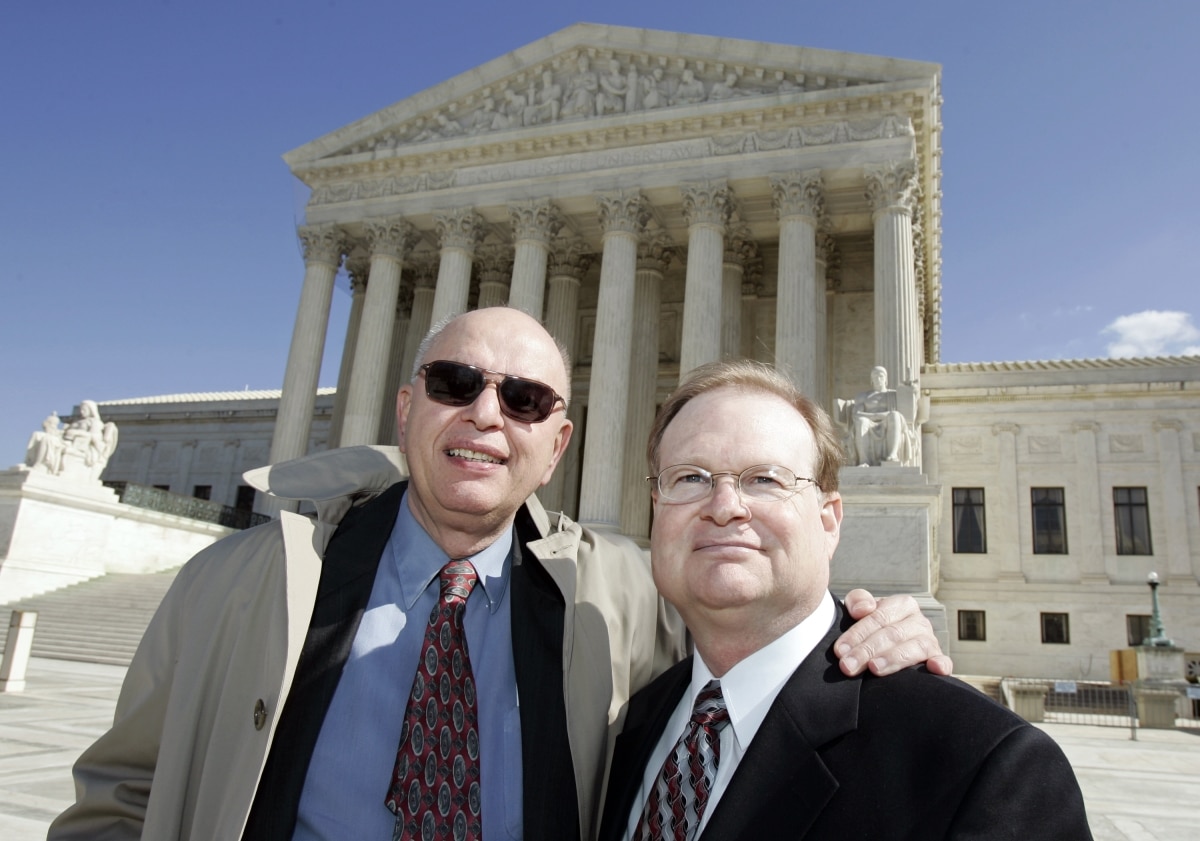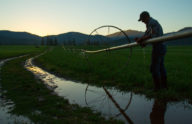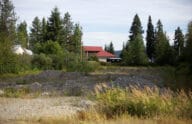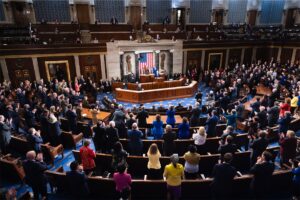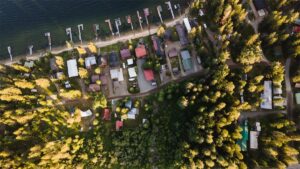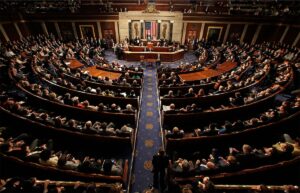Back in 1989, Michigan developer John Rapanos was simply clearing his property to build homes and a shopping mall when he became so ensnared in a regulatory quagmire, it took the U.S. Supreme Court to resolve.
John’s troubles began when he pulled up some trees on his 54-acre site and filled the stump holes with sand. Federal regulators claimed an adjacent drainage ditch qualified John’s land as a wetland that required a permit to develop and issued a cease-and-desist order. When John didn’t back down, the government filed a federal lawsuit accusing him of violating the Clean Water Act (CWA).
The CWA had gone on the books in 1972 with a seemingly simple purpose: protect the navigable waters of the United States from pollution. Since then, however, the federal agencies charged with implementing and enforcing the law have repeatedly expanded the definition of “navigable waters” to include non-navigable water features—dry washes, seasonal puddles, and roadside ditches.
Thus, millions of acres of private property can be unlawfully roped in by federal decree under the guise of protecting rivers and lakes from industrial pollution, subjecting landowners to unjust harassment for productively using their own property.
Facing millions of dollars in fines and prison time, John fought back. He argued that his land was miles from any navigable waterway—too far to fall under CWA jurisdiction.
In 1995, a U.S. District Court jury convicted John of destroying federally regulated wetlands. His punishment came three years later; $185,000 in fines and a sentence of three years’ probation and 200 hours of community service.
Represented by PLF, John battled all the way to the U.S. Supreme Court, where he won in 2006. In their divided decision, a majority ruled that the EPA’s and the Army Corps’ regulations defining “navigable waters” were illegal and ordered the case back to the lower courts, which ultimately reached a settlement with John.
While the Rapanos ruling established limits to federal authority over non-navigable waters, it fell one vote short of a definitive guideline for what the EPA and the Corps can—and cannot—regulate under the CWA.
Four Justices issued a new, clear, and reasonable regulatory standard for navigable waters that requires a continuous surface water connection between wetlands and a regulated water. Justice Kennedy, however, devised a vague and broad “significant nexus” test.
With lower courts left to decide what to do, Rapanos has led to much confusion and continued agency overreach; neither the lower courts, nor the agencies, nor the regulated public can agree on what the rule of Rapanos is, much less on how to apply any such rule efficiently and consistently.
Idaho property owners Chantell and Mike Sackett became one of the EPA’s earliest post-Rapanos enforcement targets in 2007 and have been fighting the government ever since. On behalf of the Sacketts, PLF has asked the Supreme Court to vindicate their property rights and restore with finality the proper judicial application of our Rapanos win.
What’s At Stake?
- Government agencies cannot reinterpret statutes to expand their authority beyond what Congress has granted. Nor can government use ambiguous, arbitrary, and confusing rules to punish property owners with steep fines and imprisonment.
Case Timeline
No files available.


